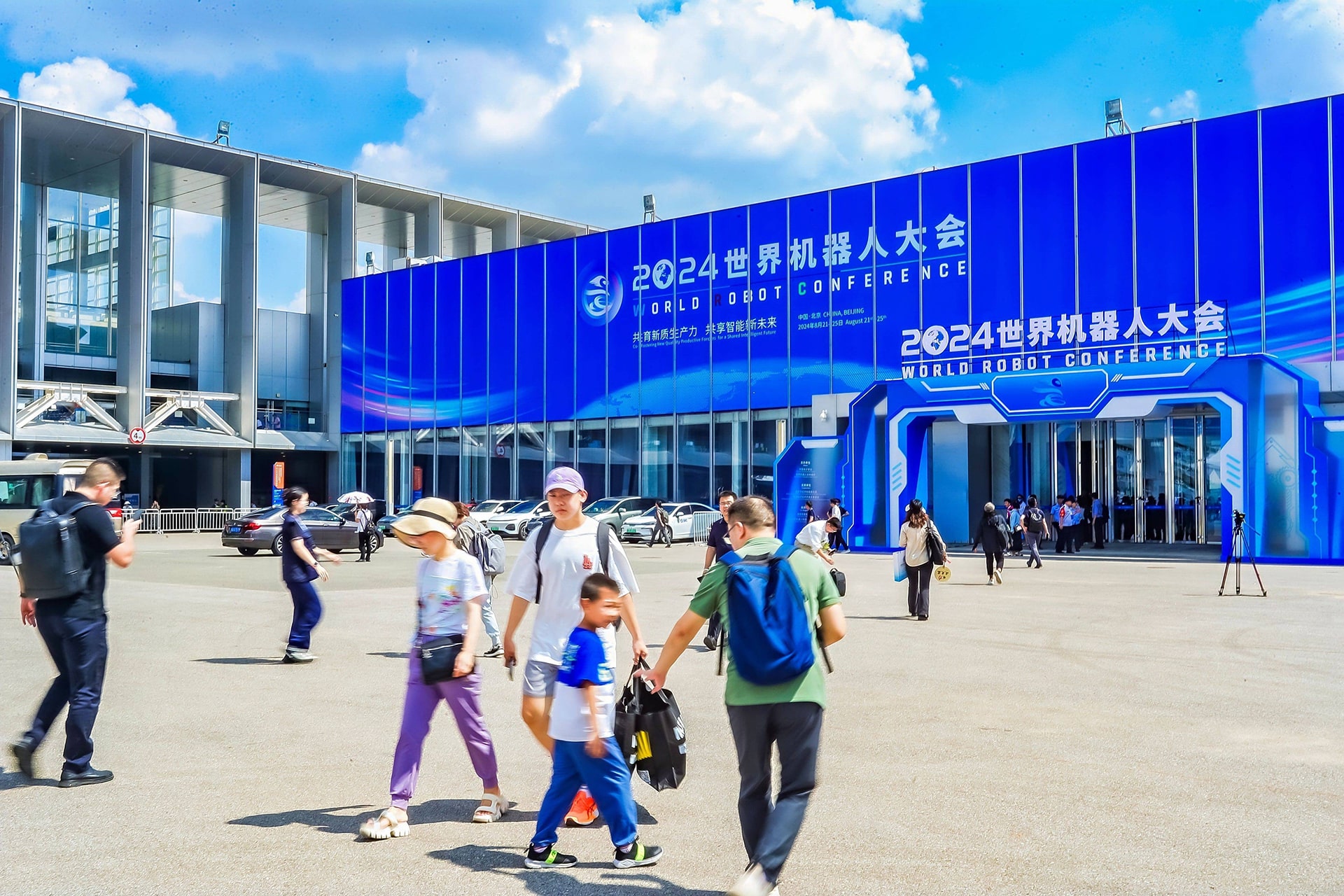The rise of large artificial intelligence models is reshaping the landscape for Chinese humanoid robots, pulling them out of labs and making mass production the industry’s new focal point.
Since the start of the year, several Chinese humanoid robot companies have released their first products, some as young as two years old. Gu Jie, founder and CEO of Fourier Intelligence, attributes this momentum not only to AI advancements but also to the strength of China’s automotive and consumer electronics industries. According to Gu, these industries have laid the groundwork to scale the production of humanoid robot bodies—a key challenge to commercializing humanoid robots.
Fourier is one of the companies moving toward mass production of general-purpose humanoid robots. Having gained expertise with rehabilitation robots, the company turned its attention in 2019 to developing a broader application. The result, GR-1, was launched in 2023. Over 100 units have since been delivered to companies across various sectors, providing Fourier with insights into areas for improvement.
However, Gu is quick to admit that the GR-1 is still a work in progress. As the company continues to gather feedback from real-world deployments, Fourier has identified six areas for optimization: motor intelligence, cognitive intelligence, bionic design, dexterity, commercial viability, and user experience.
In response, Fourier has launched the second generation of its robot, the GR-2. With 53 degrees of freedom and the ability to lift up to 3 kilograms with a single arm, the GR-2 boasts a more powerful battery—double that of its predecessor—which allows for two hours of continuous operation.
The new model also features a streamlined design that more closely resembles human anatomy. Standing at 175 centimeters and weighing 63 kg, the GR-2 integrates internal wiring, neatly hiding its cables within the robot’s frame. This design shift is not just cosmetic—it aids in data collection for improving the robot’s performance across different applications.
One of the major upgrades in the GR-2 is its redesigned joints, now featuring a serial configuration with peak torques exceeding 380 newton-meters, providing improved agility and control accuracy. Additionally, Fourier has equipped the robot’s hands with 12 degrees of freedom and six array-type tactile sensors, enabling it to sense force and adjust its grip in real time—critical for handling delicate objects in dynamic environments.
While Fourier is progressing rapidly, Gu emphasized that large-scale production could still be years away. Although the company will continue producing the GR-2 on a small scale, he predicts the humanoid robot industry will see a tenfold increase in output by 2025.
Despite the potential surge in production, Gu is not concerned about the prospect of a price war. He believes the industry is too immature for such competition, explaining that the focus should remain on refining humanoid robots to perform commercially valuable tasks reliably.
As for the future, Fourier has no fixed timeline for new releases in its GRx series. Gu said the company’s development cycles will be driven by technological advancements rather than an annual schedule, and he’s optimistic about the further integration of AI with robotics, predicting significant breakthroughs next year.
KrASIA Connection features translated and adapted content that was originally published by 36Kr. This article was written by Tian Zhe for 36Kr.

